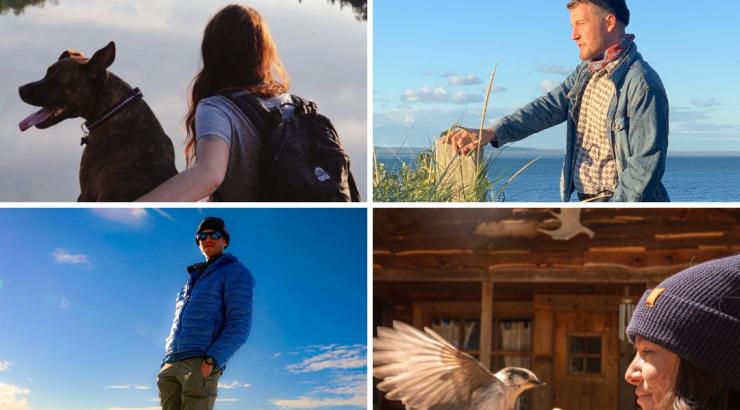Miron “Bud” Heinselman developed a deep-rooted passion for fire ecology in the 1940s. Along with this, he was a man with a longtime love of the Boundary Waters and a fierce determination to preserve it. Bud’s enthusiasm for both of these causes would prove useful when he eventually found himself entwining his knowledge of the two to advocate for the Boundary Waters to be recognized as a designated Wilderness area. While he was always an ally of nature, it was in the late 1940s that Bud first began to be recognized for his research and conservation efforts.
At this time, Bud immersed himself in research about previous northeastern Minnesota wildfires with special attention to their seriousness and density. As a research scientist for the U.S. Forest Service he grew to become one of the world’s leading names in fire ecology. Due to the many days he spent paddling on the pristine waters of the Boundary Waters, Bud was especially interested in banning logging and allowing the forest to burn and die out on its own, without the Forest Service stepping in. Moreover, his time as a researcher enabled him to have a deeper understanding of the Boundary Waters’ ecosystem than most and interpret the role of fire in its development.
Beyond his work in BWCA fire ecology, Bud spent many of the later years of his life fighting for the conservation of the Boundary Waters, and he stuck to his belief that the best way to do this was by sanctioning the area as a Wilderness. While once a member of the Izaak Walton League of America, Bud was most known for his role in forming Friends of the Boundary Waters Wilderness alongside other environmentalists. During his time as chair of the organization Bud worked to push through legislation for protection of the Boundary Waters. He found success in 1978 when President Carter signed the Boundary Waters Canoe Area Wilderness Act into effect, which was particularly significant in ridding the area of logging and placing restrictions on mining in the area.
Bud was a man well aware of the power of knowledge and used his intellect as his greatest weapon in the fight to preserve the BWCA. It is difficult to ascertain what the state of the Boundary Waters would be today were it not for his unwavering resolve and plentiful research. He is an excellent example of what it means to be a Wilderness warrior, and we find ourselves with a responsibility to ensure his work was not in vain and the Boundary Waters remains as beautiful and untouched as he always knew it to be. It is for leaders such as Bud who have protected the Boundary Waters for our generation that we work to conserve it for future generations, and also like Bud, we will not give up.


